The Holy Family Chapel at Stella Maris in Haifa
I want to show you a small, picturesque place located on Mount Carmel in Haifa, in the Stella Maris district. The first photo in this post was taken in February 2019. Let’s see how this place looks nearly six years later.
There is parking right by the entrance. At the very start of the descent to the chapel, there is a small area with a few benches where you can rest and enjoy the evening sunset if you’re not in the mood to go all the way down. But today, I’m determined to go to the end and photograph everything to share it with you.
The path is rather rugged. The trail for visitors seems to have formed naturally — through constant use. Trees and shrubs grow around, and in some places, you have to push through branches hanging over the path.
The ground is mostly clay, with large stones exposed by heavy rains in recent years. Perhaps this was intentionally left this way to make the trail resemble an extreme hiking route. In other words, the municipality hasn’t invested in improving this tourist spot. Yet, it’s truly beautiful, especially in winter, when it’s not hot, and everything is green and blooming.
It’s December now, and nature in Israel is starting to awaken: the slopes of Mount Carmel, which were recently grayish-yellow and dull, are turning green. The trail gradually changes and, in some areas, becomes a rocky path, which eventually disappears altogether, leaving you to walk on rock polished by other hikers, tourists, and rain.
At one point, I nearly fell, slipping on a smooth rock. Usually, I have no trouble moving across rocks, but I wasn’t expecting the surface to be that slippery. It was surprising.
As I descended, I could already see the goal of my walk below — The Holy Family Chapel. Don’t ask me why it’s named that, because I don’t know. This structure was built in the 1960s on the site of an old mill that was never completed. The small chapel is almost always closed. However, the observation platforms around it offer stunning views of Haifa’s western coastline.
The Holy Family Chapel is a quiet and secluded place where prayers and hymns once echoed. It’s situated on an ancient route that leads from the Stella Maris monastery to the Cave of Elijah. This route, known as the "Monks’ Path," has deep historical roots. Long ago, it served as an essential road for transporting water and goods to the monastery, as there are no water sources at the top of Mount Carmel. This chapel is not just a building but a symbol of a spiritual journey, reminding us of centuries-old traditions, human destinies, and the deep historical connections uniting Mount Carmel and the Stella Maris monastery.
Millions of years ago, these rocks were part of an ancient landscape. Perhaps they were carried here by water, wind, or even glaciers, settling on a riverbed or seabed. Over time, layers of sand, dirt, or other sediments accumulated on top of them. Under the pressure of new layers and the action of minerals dissolved in water, this layer compacted and became rock, while the stones remained sealed within. Later, due to rain, wind, and sun, the upper layers of rock began to erode. Softer parts weathered away, while harder stones stayed on the surface, revealing this fascinating pattern of nature.
In the distance, along the coastline, we can see the Institute for Seas and Lakes Research. Many years ago, Israel faced a crucial question: how to effectively manage its limited water resources? This led to the idea of creating a place where scientists could not only study but also protect marine and freshwater ecosystems. Thus, the institute was established as a scientific stronghold for the country. Every day, work thrives there. Some scientists study the Mediterranean Sea, measuring water temperature and tracking underwater currents. Others monitor the Sea of Galilee, checking water quality and ecosystem health. Some develop cutting-edge technologies to combat pollution, while others devise desalination methods that save Israel from droughts. The institute doesn’t limit itself to Israel’s borders: its doors are open to international cooperation. Scientists exchange knowledge with colleagues from Europe, Asia, and the U.S.
The photos show two wild plants: cyclamen and wild daffodils. In Israel, winter is a time of nature’s awakening when the rain-soaked earth turns green and bursts into bloom. Wild cyclamens and daffodils are among the plants symbolizing winter. Cyclamens grow on rocky slopes and in shaded areas under trees. By January, their delicate white or pink flowers bloom. The plant’s bulb stores moisture in the summer, helping it survive drought and revive with the first rains. Next to them, wild daffodils are often found. Their long, narrow leaves emerge alongside the cyclamens. Despite their simplicity, daffodils amaze with their beauty, producing snow-white flowers with delicate yellow crowns. In Israel, daffodils bloom for a short time.
Ten years ago, the doors of The Holy Family Chapel were open, but there was nothing remarkable inside. The walls were covered with graffiti, old blankets and rags littered the floor, and the building appeared neglected and abandoned. Perhaps it served as a temporary shelter for the homeless or drug addicts. Maybe it has been restored since then, but there’s no way to check.
I walked around the chapel to the left and came to a small observation platform with a panoramic view of the sea and Haifa’s western coastline. Underfoot was gravel, and instead of a fence, there were stones laid out. It’s better this way. Excessive fencing annoys me — it feels like unnecessary control, as if I’m living in an incubator. Here, it feels more human ))
From this height, as shown in the photo, you get a breathtaking view of the Kiryat Shprinzak district, where urban landscapes blend with nature — a hallmark of Haifa. The residential buildings are multi-story structures built in the mid- and late 20th century. Their light facades and flat roofs with integrated solar panels perfectly suit the region’s climate. To the west lies the coastline. The Mediterranean Sea seems endless here, especially on clear days when the sky and water merge into a single blue expanse. From here, you can see the shoreline leading to the beaches.
I lingered a bit at the observation platform — it was the final point of my route. Of course, I could have sought more adventures, tried to climb down and push through dense bushes (kidding!). But it was time to head back.
Before leaving, my eye caught a familiar symbol — a trident. Our Ukrainian trident. It was pleasant to know that a group of patriotic Ukrainians had once gathered here.
The way back was less enjoyable. I had to climb uphill, detouring around dangerous sections of the trail with thin, loose soil on the semi-exposed rocky surface of the mountain. Perhaps I made a mistake by not photographing the return path and the view from below. But the thing is, there’s a military facility nearby, and photographing it is the worst idea.
In fact, the ideal time to repeat this walk would be in the rainier months of winter — January or February — when everything is at its greenest, and many winter plants are in bloom. However, I’m not going to wait a month or two. It’s better to simply repeat the route and take new photos in a different palette.
Thank you all for your attention!
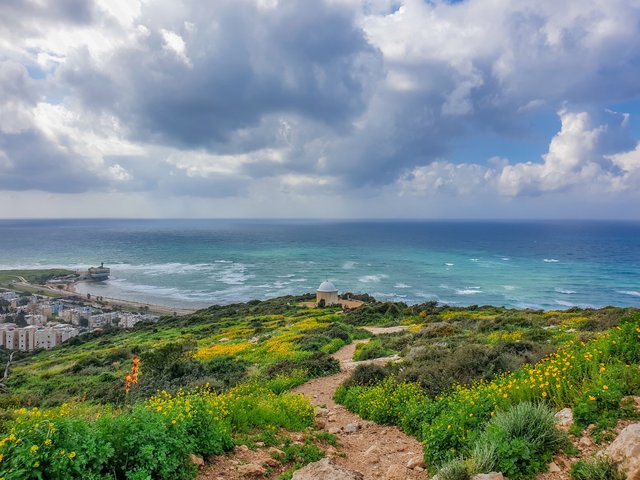
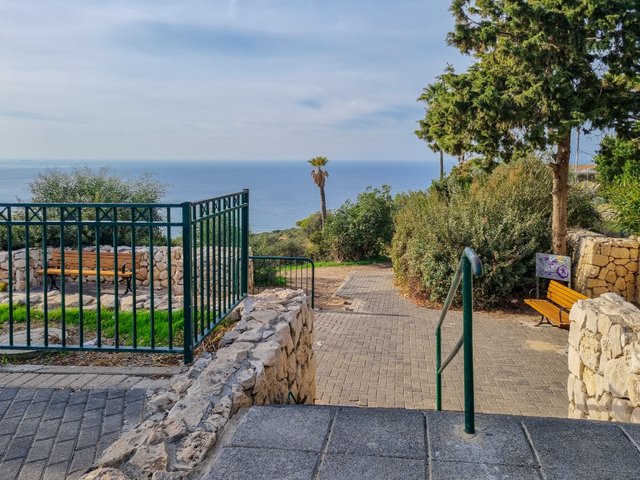
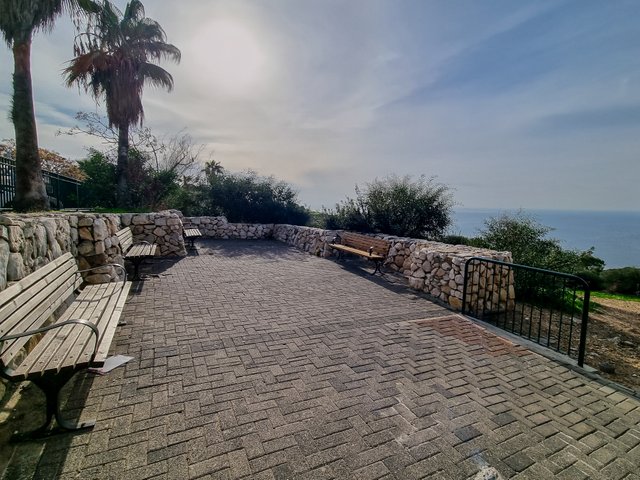
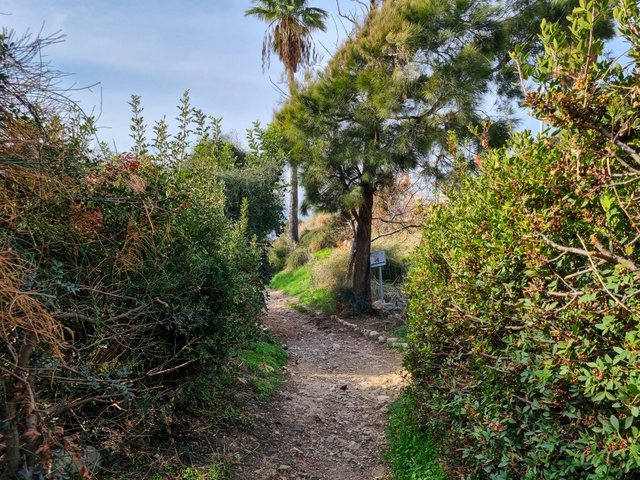
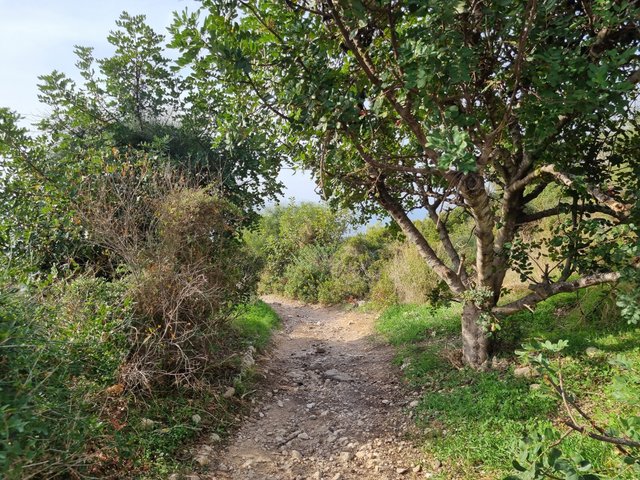
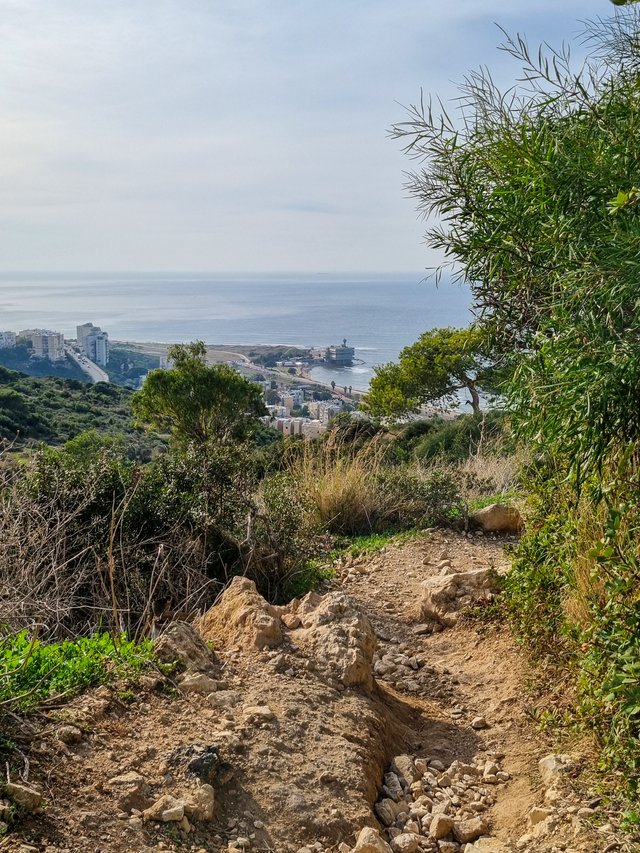
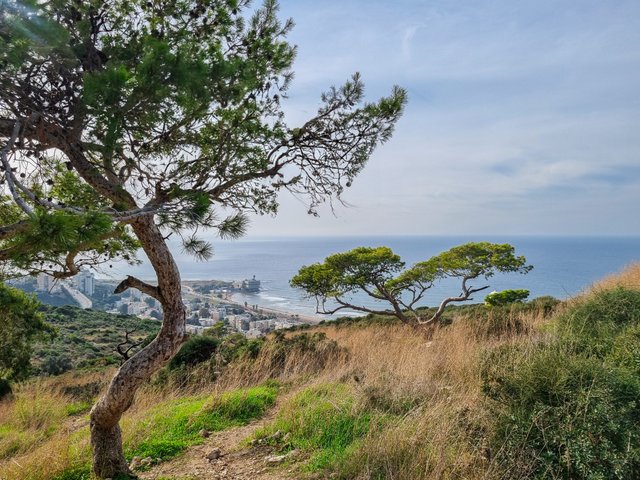
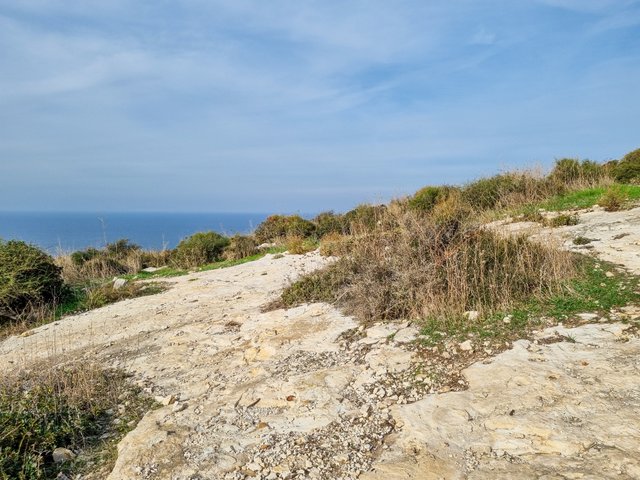
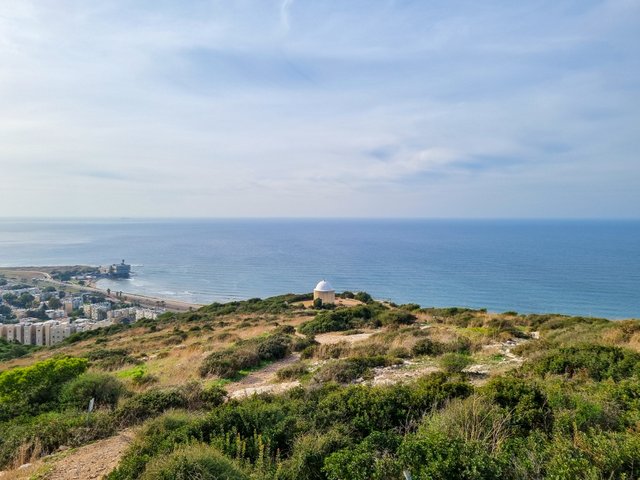
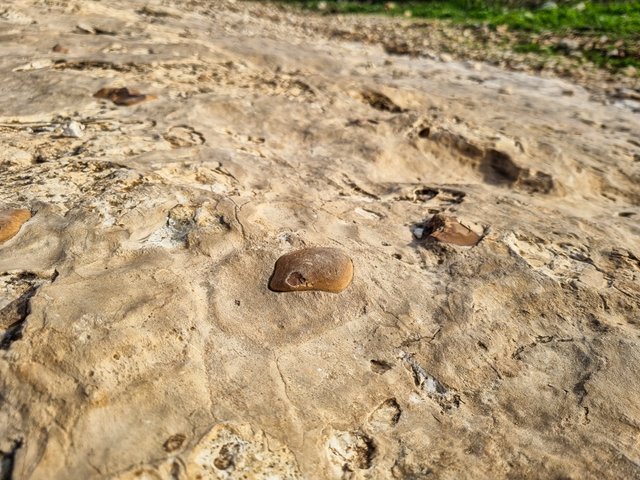
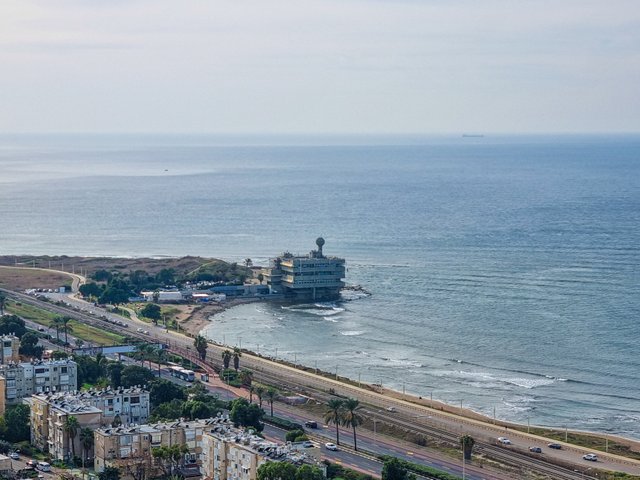
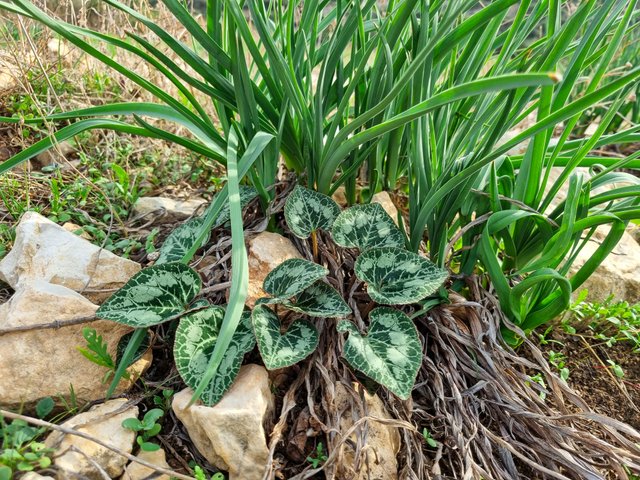
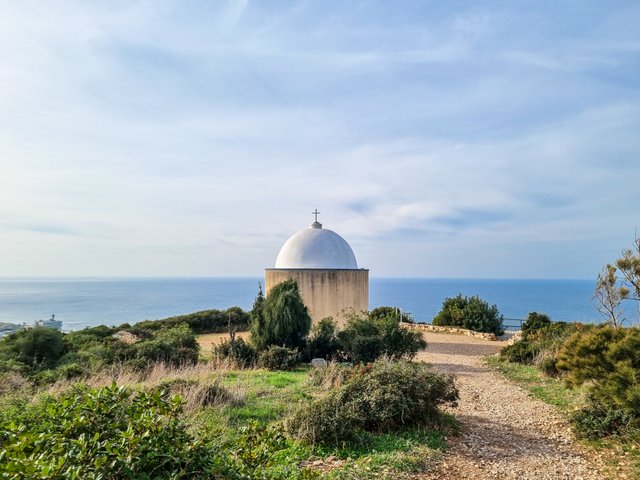
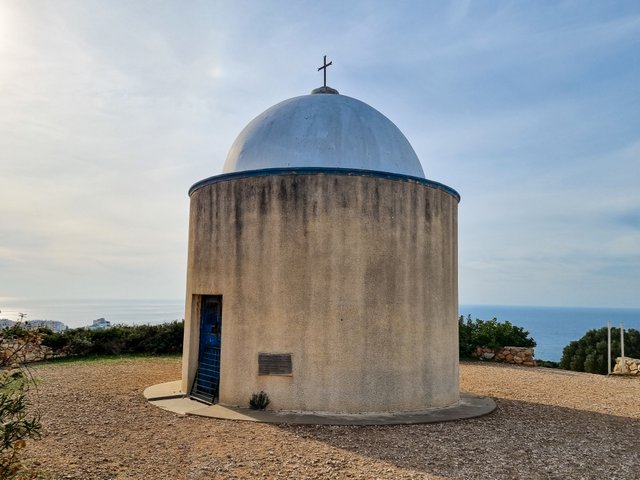
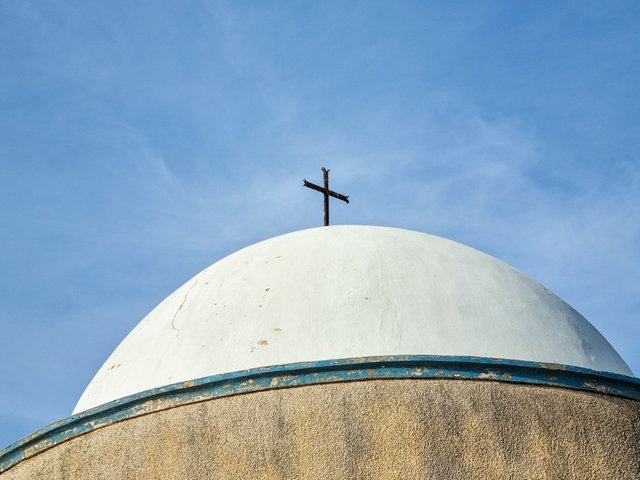
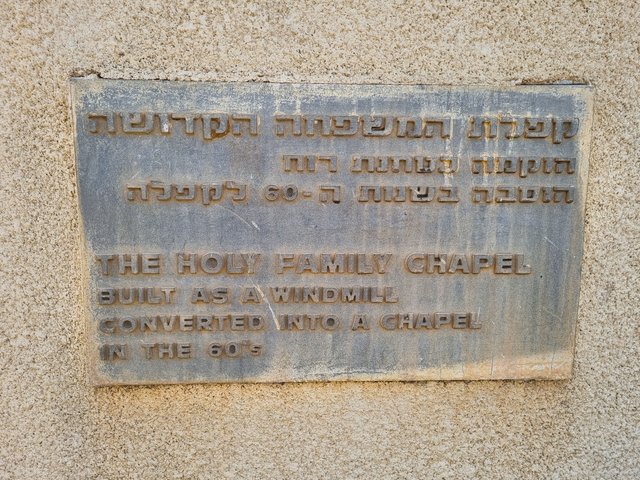
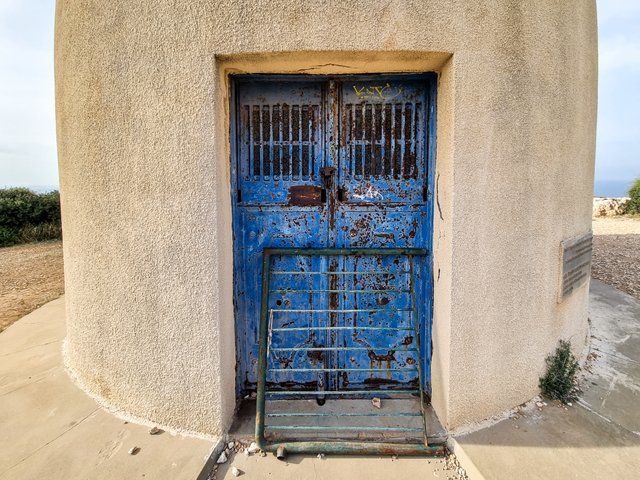
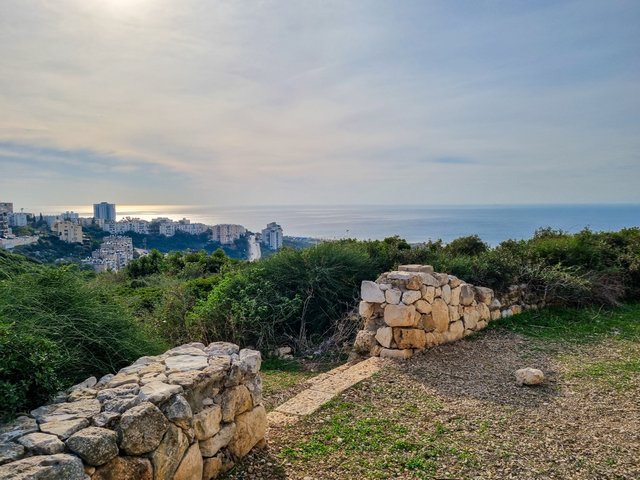
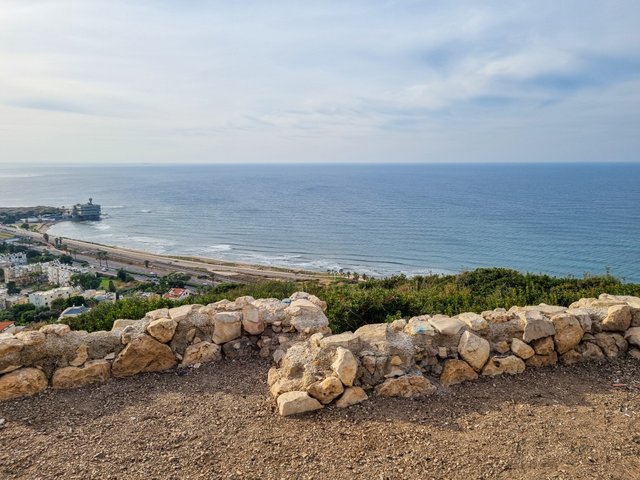
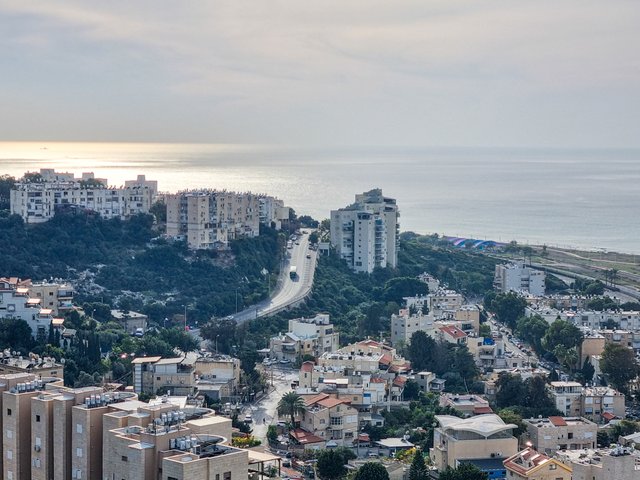
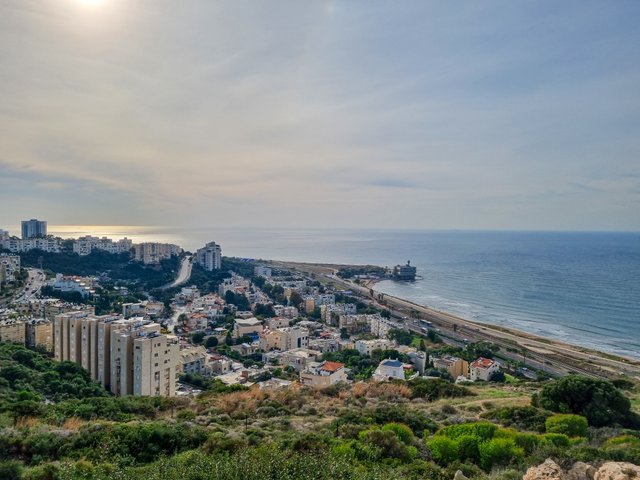
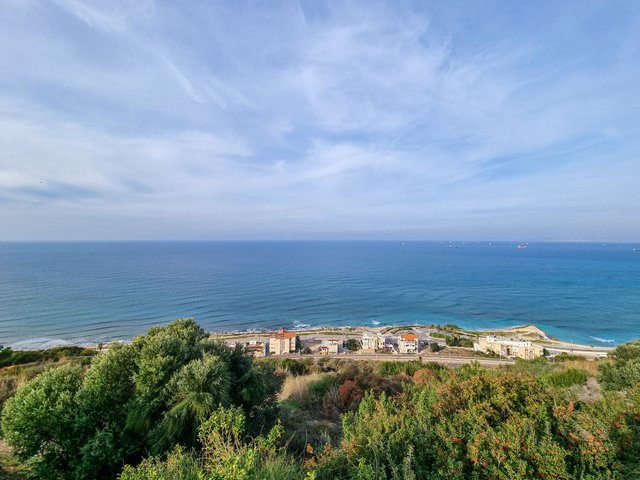
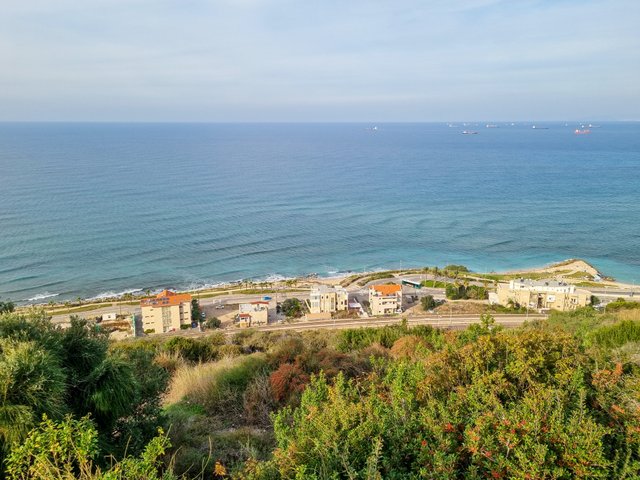
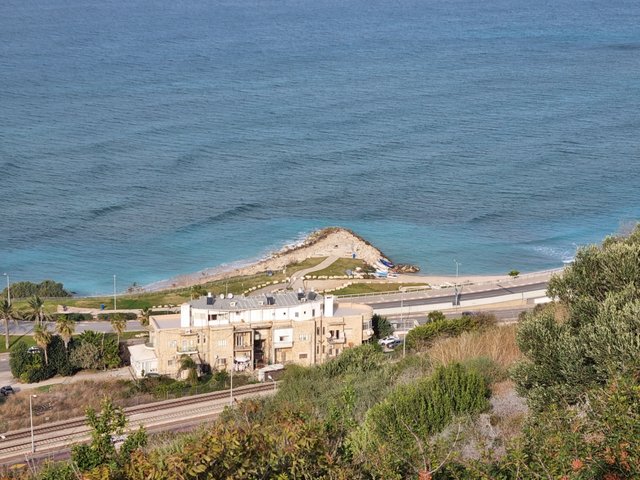
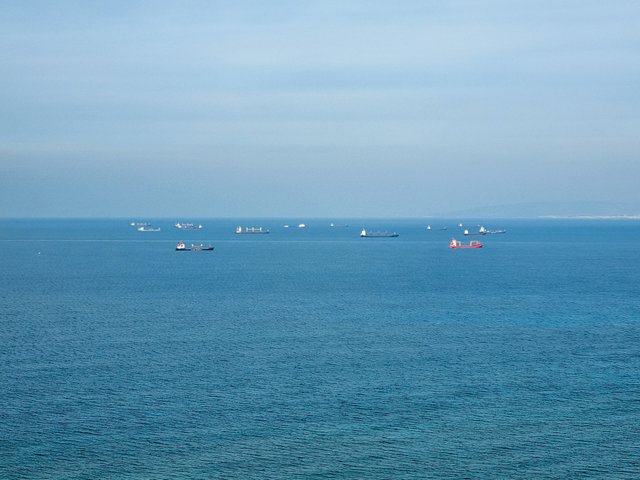
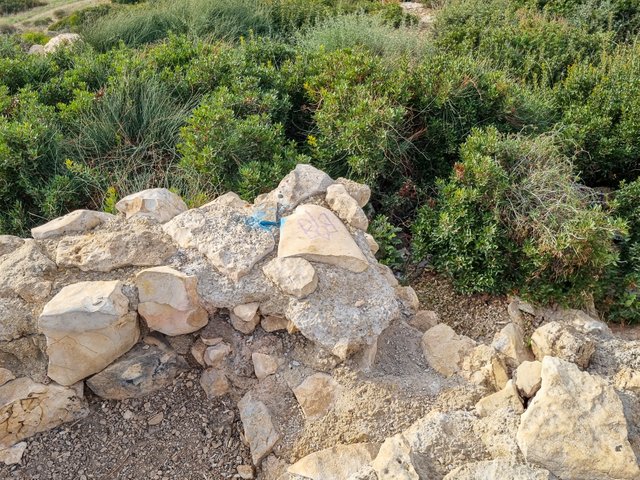
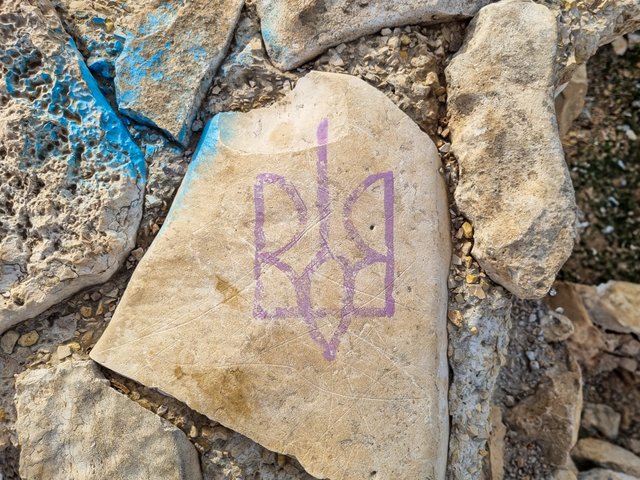
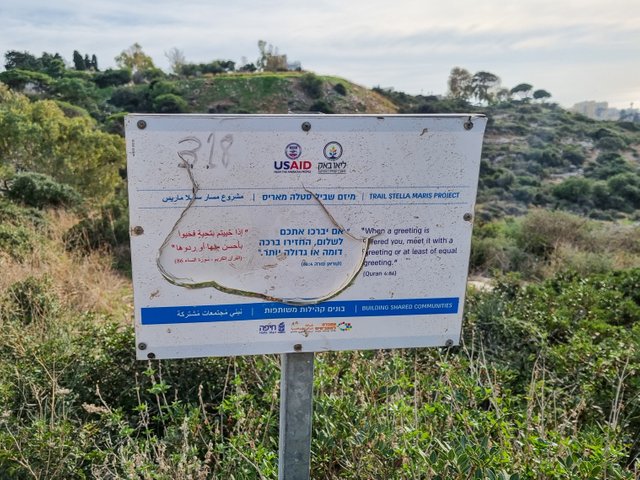
Thank you for using Steem Atlas.
Thanks a lot!